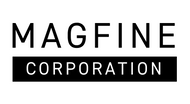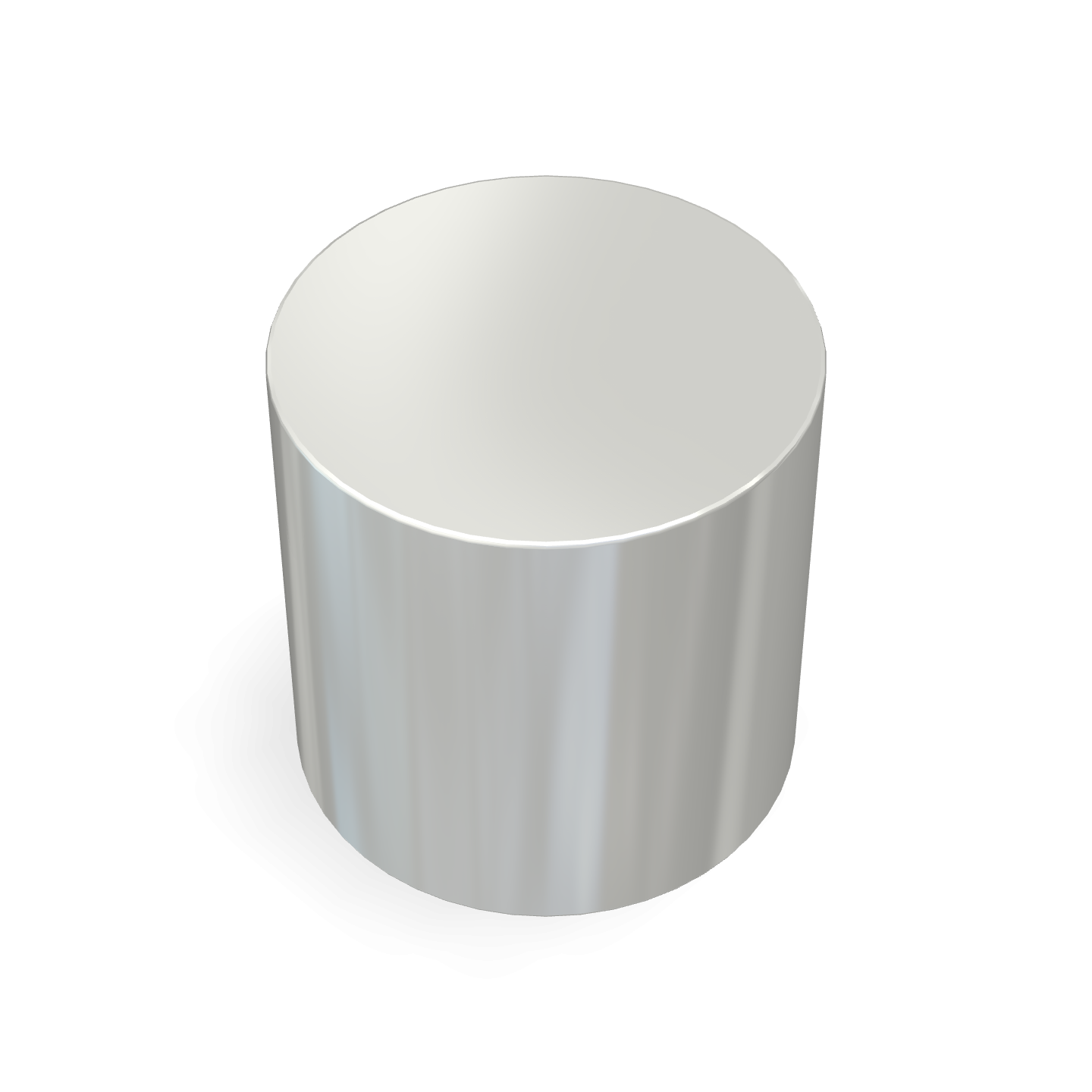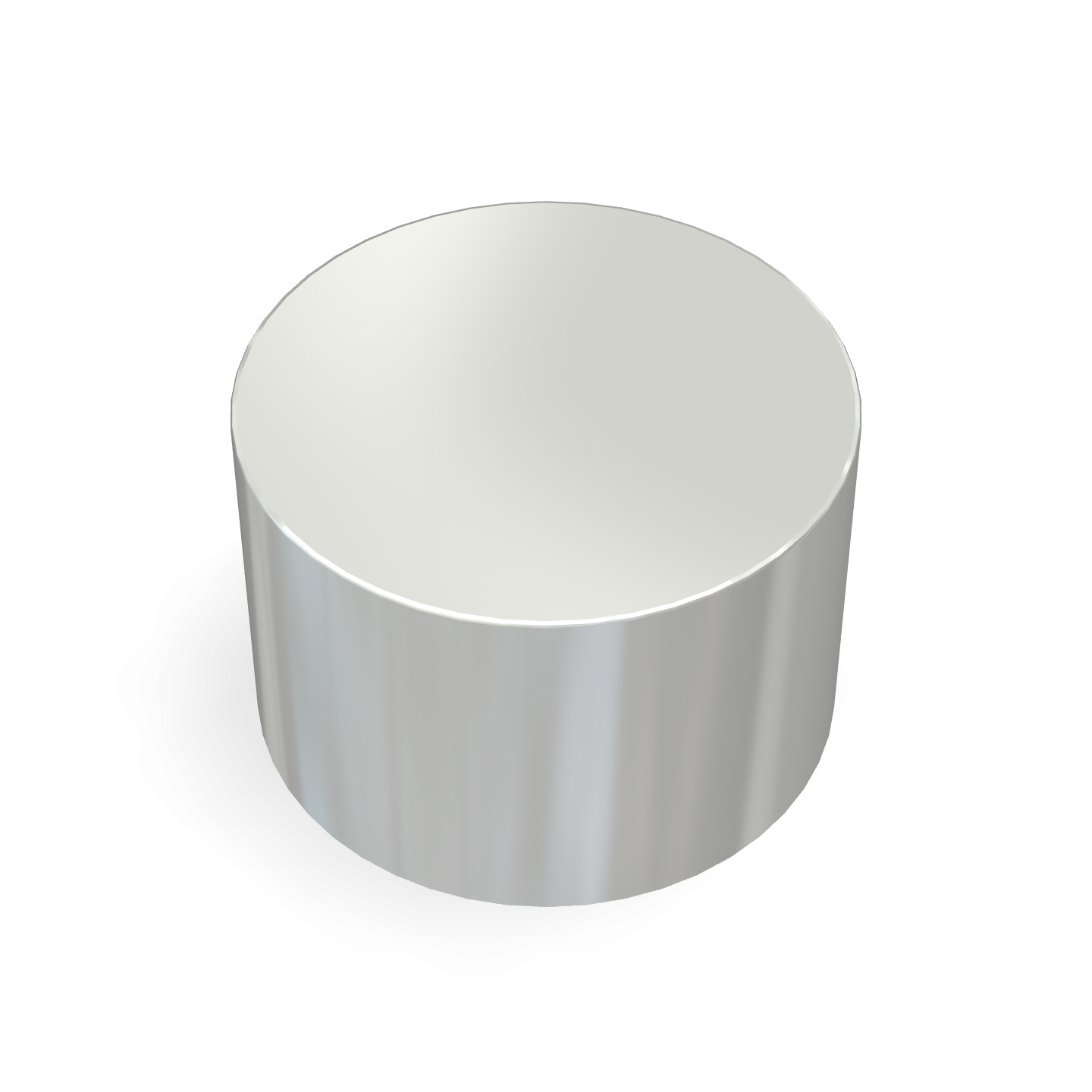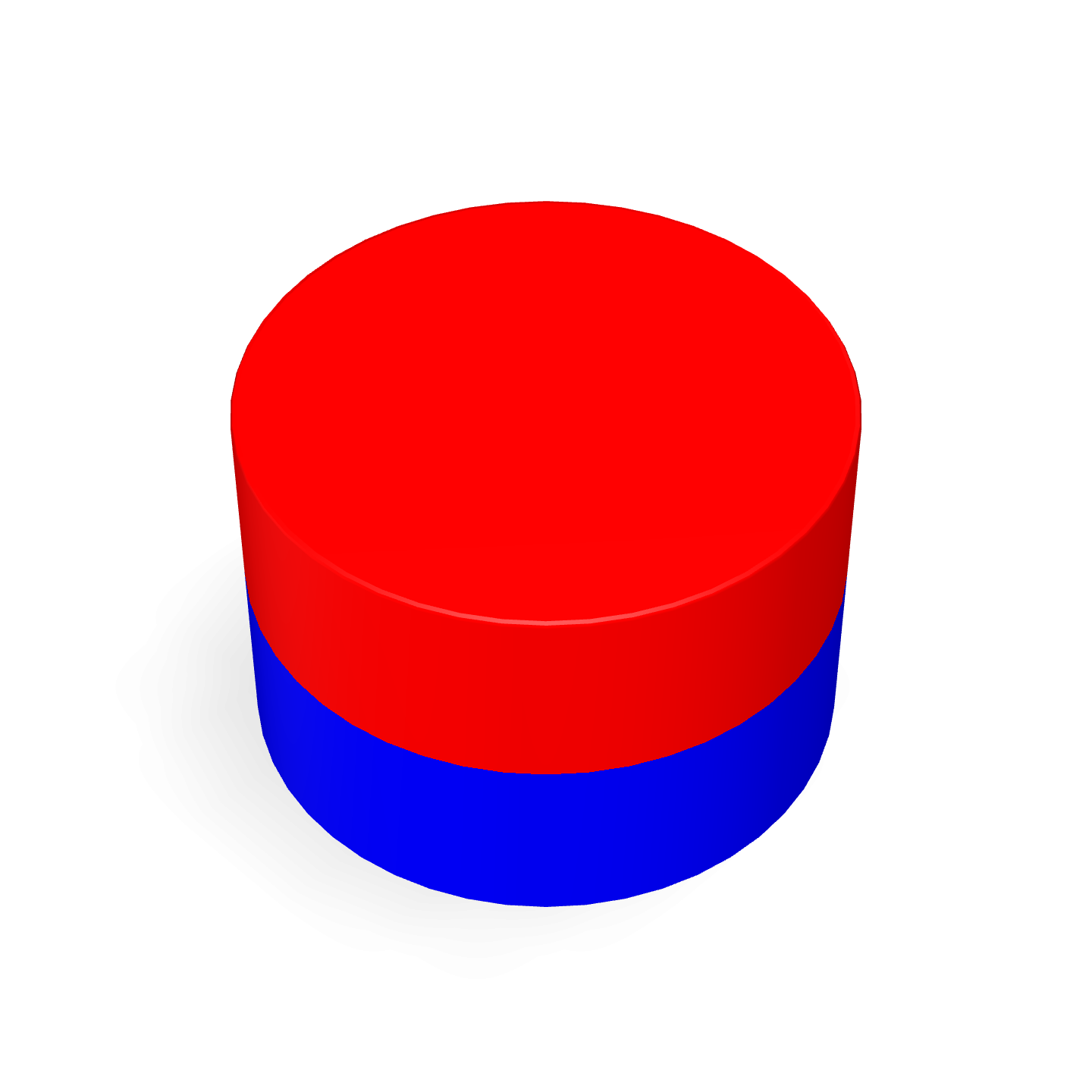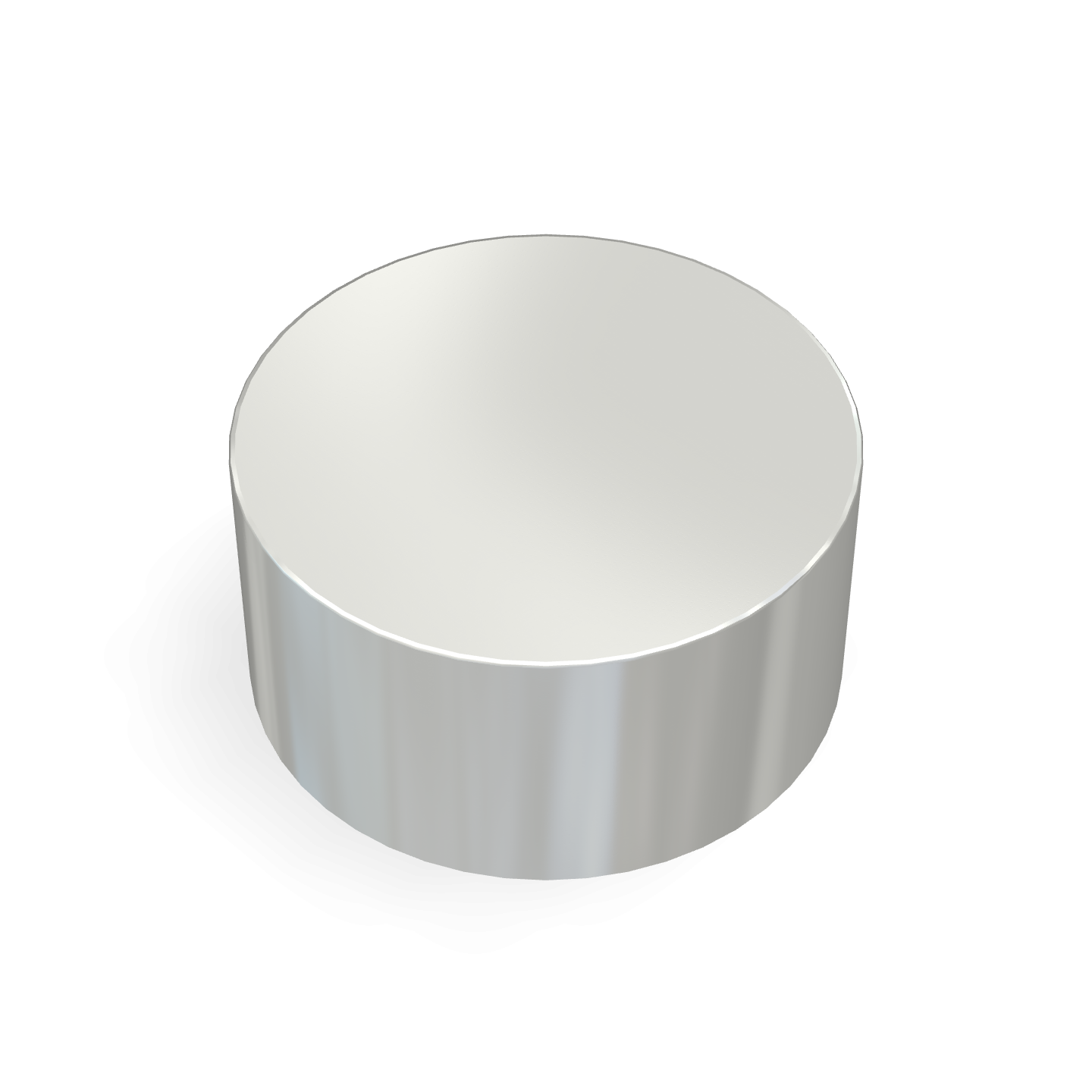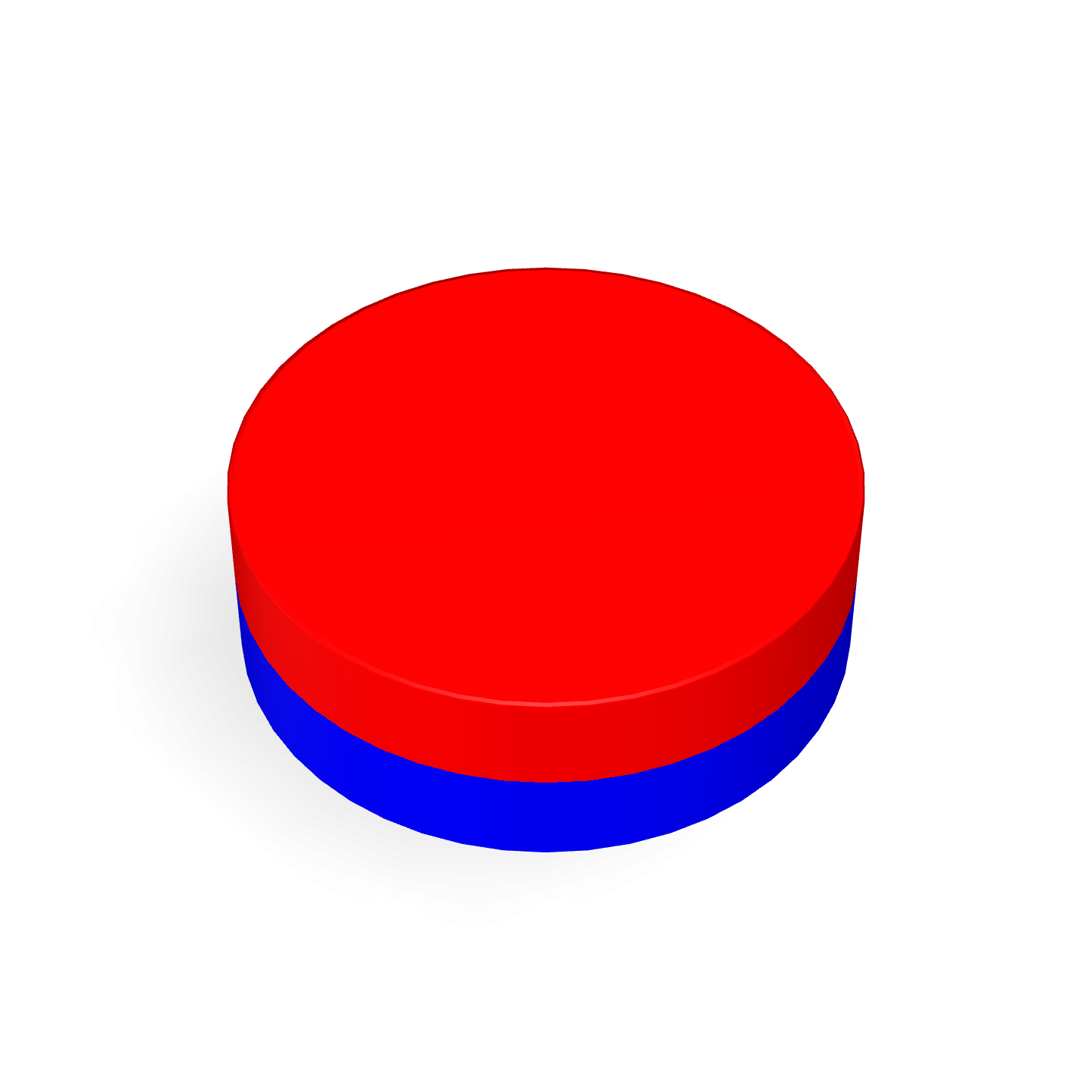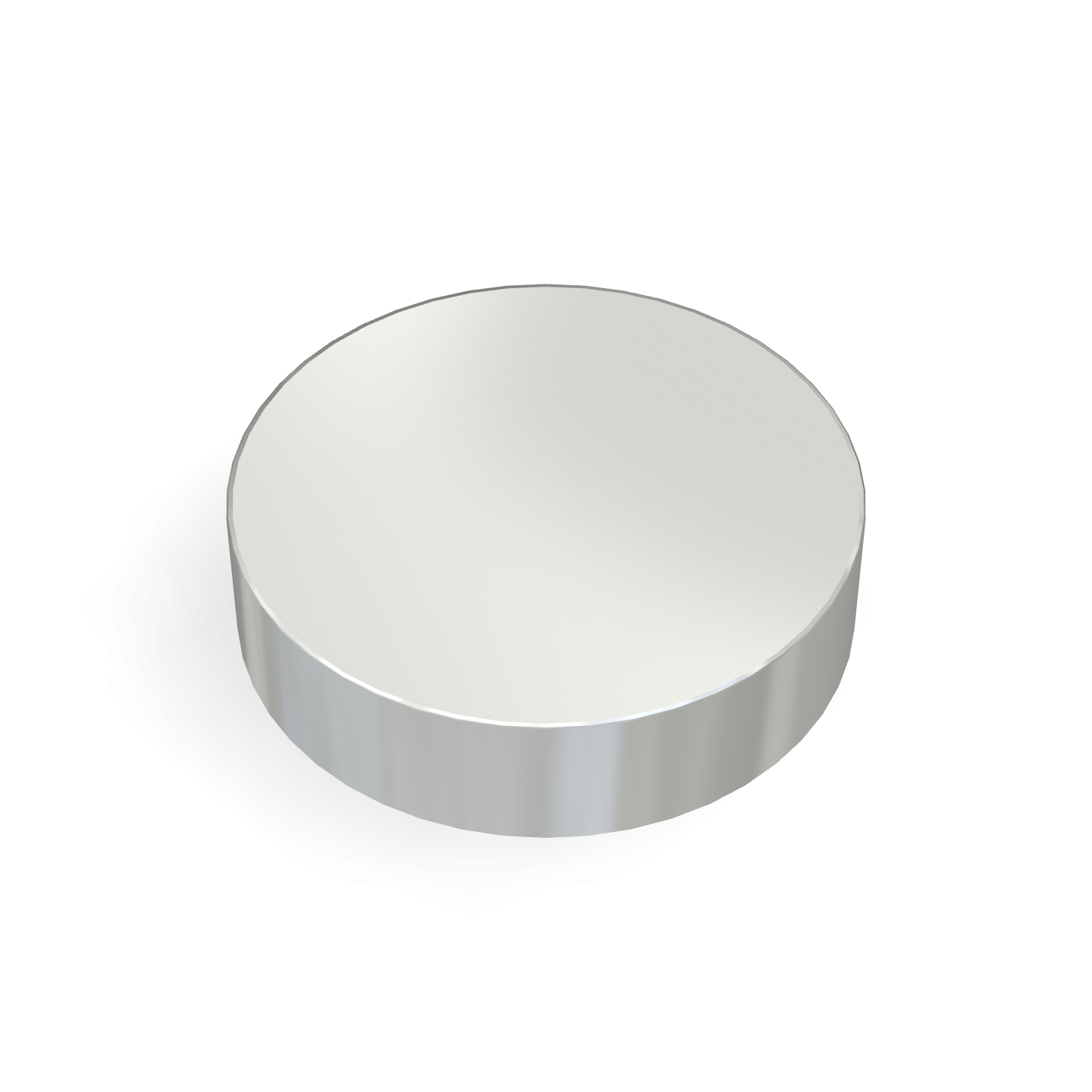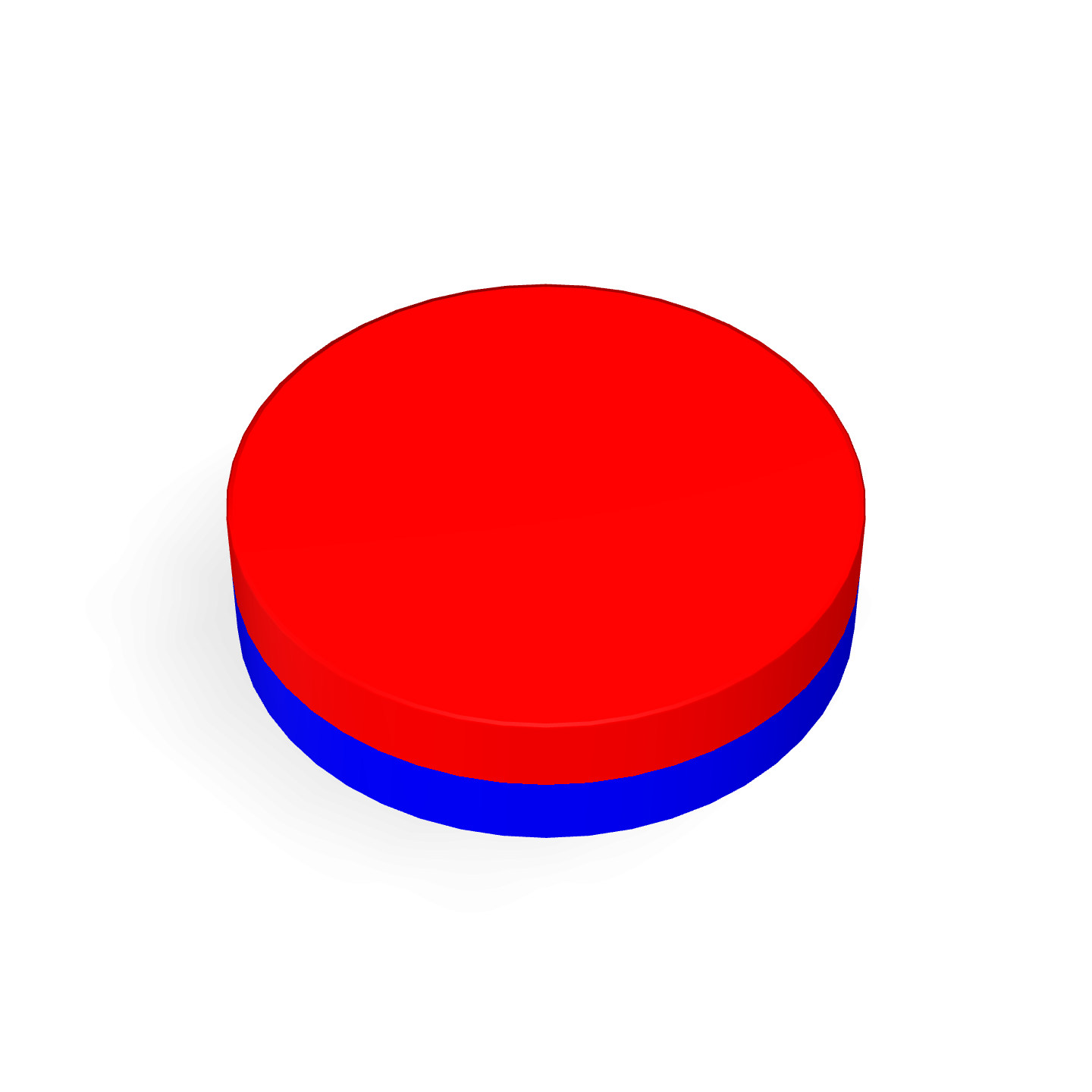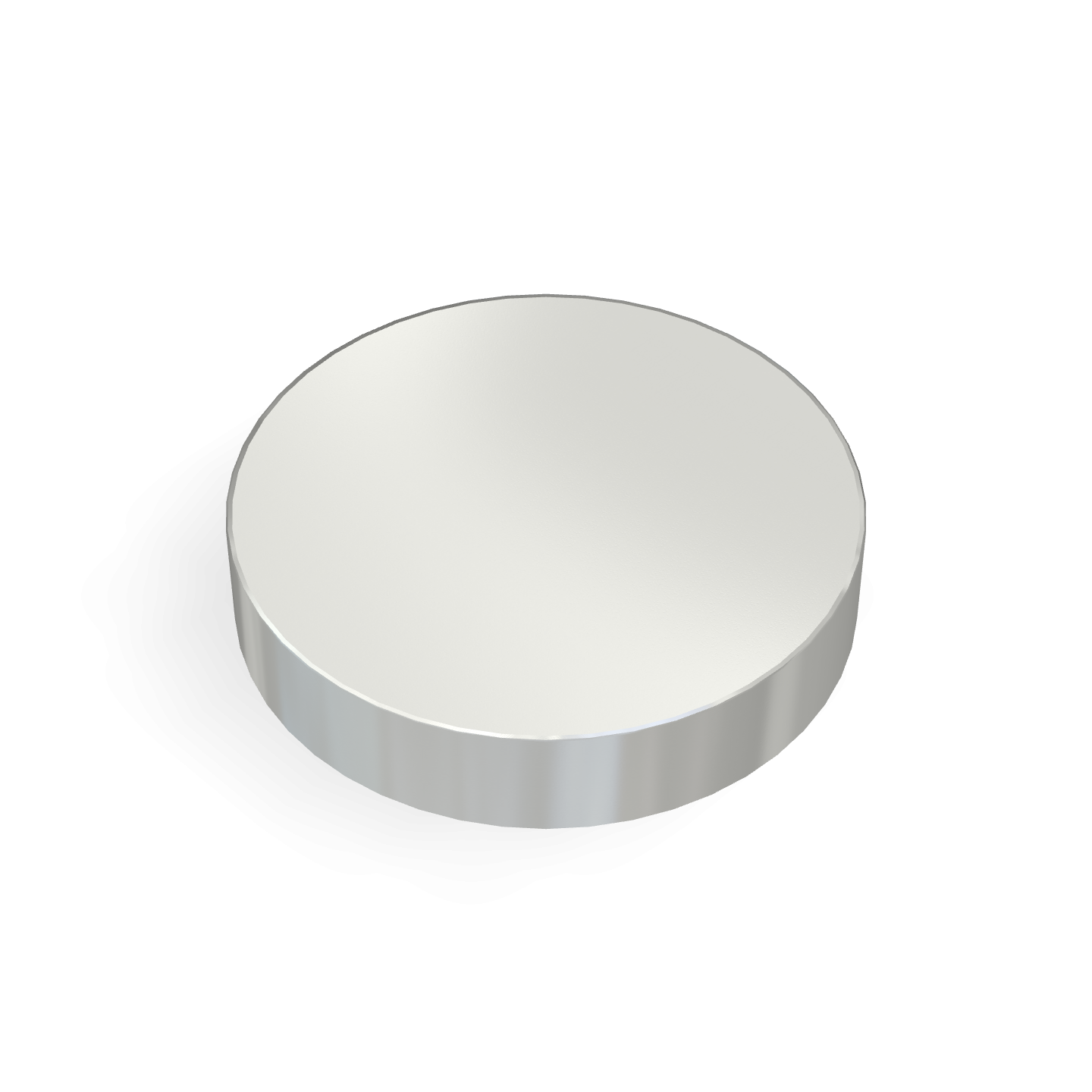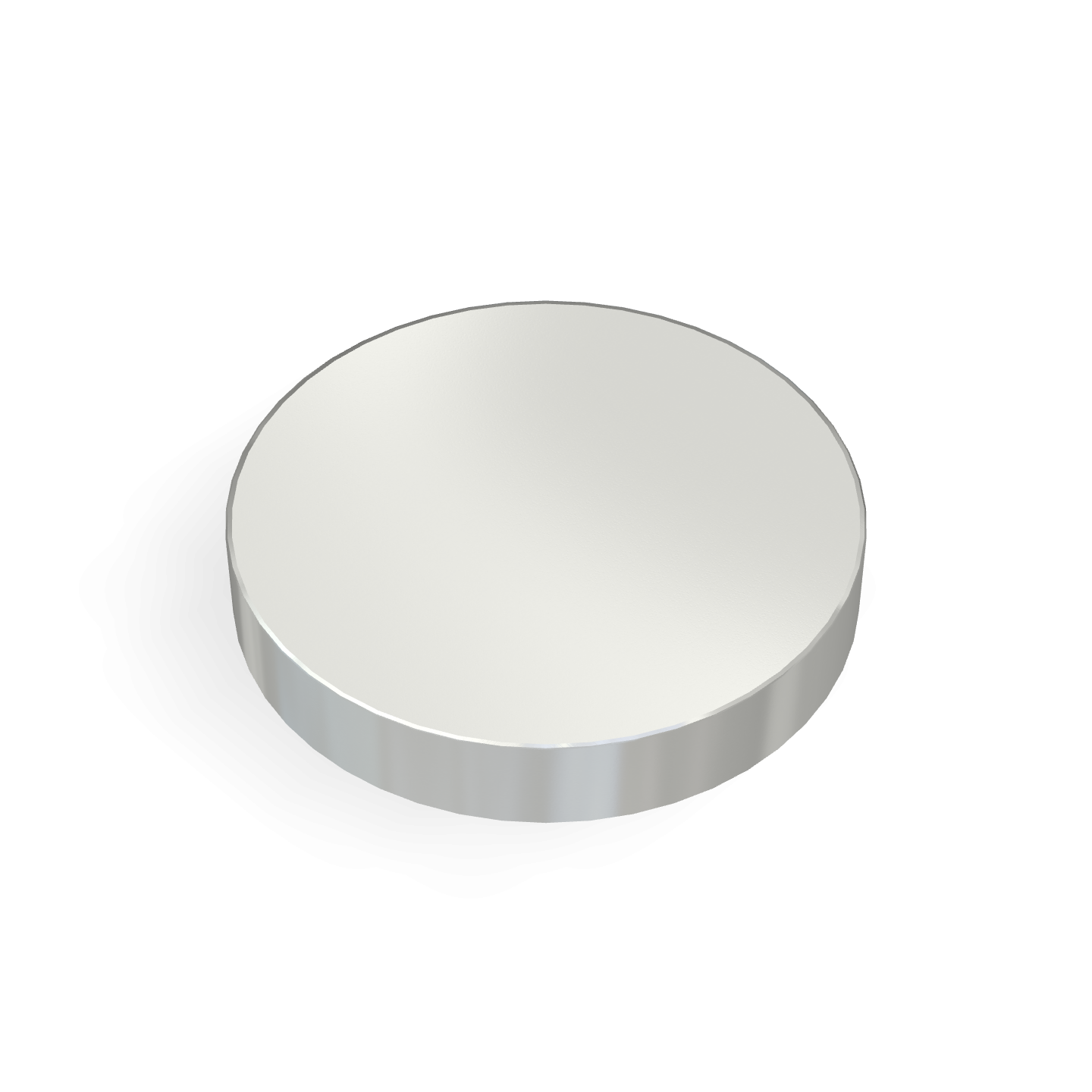The Engineering Inside Magnetic Building Blocks: How Neodymium Magnets Bring Imagination to Life
Part 2 of our series: Inside the Magnetic Toy Revolution
That satisfying “click” you hear when two magnetic tiles snap together isn’t just luck, it’s precision engineering in action. Inside each piece, powerful neodymium magnets are carefully selected, coated, and aligned to make sure every connection feels smooth and secure. In this second part of our series, we’ll take a closer look at what’s happening beneath the surface, and how Magfine’s magnets make it all possible.
What’s Hidden Inside a Magnetic Block?
Most high-quality building sets use NdFeB magnets — a combination of neodymium, iron, and boron — known for their exceptional strength. Even at small sizes, they deliver enough magnetic pull to hold structures firmly together while remaining lightweight and compact.
Inside each block or tile, magnets are typically:
- Encased in ABS plastic or polycarbonate shells to protect against drops, moisture, and rough play.
- Coated with nickel-copper-nickel or epoxy layers for corrosion resistance and durability.
- Positioned with precise magnetic polarity mapping so every piece connects correctly, every time.
This combination of precision and protection ensures consistent performance, making magnetic blocks easy to use, safe for children, and long-lasting for parents and educators.
Balancing Power and Safety
Designing magnets for children’s products is all about balance. Too little magnetic force and the blocks won’t stay together; too much and they’re difficult to separate safely. That’s why most manufacturers choose magnet grades between N35 and N42. These grades provide strong holding power without posing a risk of pinching or injury.
Manufacturers often collaborate with suppliers such as Magfine Canada, who specialize in industrial magnets customized to specific tolerances. Using magnetic simulation software, engineers analyze field strength and alignment before production, ensuring both playability and safety compliance.
Designing for Strength and Simplicity
Each magnet’s orientation plays a critical role in how the blocks behave. By alternating north and south poles, designers achieve automatic alignment, helping kids build faster and with fewer frustrations. In some models, small steel guides or shims are added to direct magnetic field lines, improving the precision of each connection.
Epoxy-coated neodymium magnets are particularly valued for their resistance to corrosion, which is ideal for toys that might be cleaned frequently or exposed to humidity. To seal them safely, many toy manufacturers use ultrasonic welding, a process that fuses plastic components together without adhesives, completely enclosing the magnet and eliminating the risk of exposure.
Why Neodymium Magnets Outshine Ferrite Types
While ferrite (ceramic) magnets remain popular in basic toys, they simply can’t match neodymium’s strength-to-size ratio. Achieving the same holding power would require a ferrite magnet several times larger, making it impractical for compact designs. Neodymium magnets, by contrast, combine small size, high power, and long-term stability. Exactly what toy designers need for modern, portable play systems.
- Compact performance: Smaller magnets deliver strong, consistent hold.
- Reliable alignment: Predictable polarity for smooth connections.
- Durability: Excellent resistance to demagnetization and wear over time.
These qualities have made neodymium the preferred choice not only in toys, but across countless industries, from consumer electronics to robotics and education. It’s a balance of precision and strength that continues to define modern design.
Supporting Innovation in the Toy and Education Industry
Behind the magnetic playsets loved by families worldwide are companies that understand the science of magnetism and the importance of consistency. Magfine is proud to support Canadian manufacturers and educators with tailored neodymium and industrial magnets designed for safe, innovative applications.
Our clients rely on us to:
- Identify the right magnet grade for safe, compliant assembly.
- Design prototypes that optimize magnetic flux and alignment.
- Guarantee long-term stability through premium coatings and quality testing.
From initial consultation to large-scale production, Magfine’s expertise bridges engineering and creativity — helping companies turn concepts into reliable, educational products that engage and inspire.
From Play to Purpose: The Educational Value of Magnetic Design
What started as simple entertainment has evolved into a powerful learning tool. Magnetic construction sets encourage creativity, problem-solving, and a natural understanding of physics. When children experiment with polarity, geometry, or balance, they’re learning core STEM principles in a hands-on, intuitive way.
In the next part of this series, we’ll explore how these toys have moved beyond play, transforming classrooms and at-home learning. Stay tuned for Part 3: Beyond Play — How Magnetic Building Systems Are Reshaping STEM Education.
Q&A: Common Questions About Magnet Engineering in Toys
- Q1: Why do manufacturers prefer neodymium magnets over ceramic ones?
- Neodymium magnets offer much stronger pull in a compact form, allowing lightweight designs that maintain structural stability during play.
- Q2: How do toymakers ensure magnets stay safely enclosed?
- Magnets are sealed within durable plastic shells using ultrasonic welding, preventing any risk of detachment or exposure. Each product is tested for strength, impact resistance, and safety compliance.
- Q3: What type of magnet coating performs best for toys?
- Epoxy coatings are ideal because they resist moisture, rust, and everyday wear better than traditional nickel coatings, extending the toy’s lifespan.
- Q4: Can Magfine provide magnets for toy production?
- Yes. Magfine Canada supplies neodymium, ferrite, and other industrial magnets for toy, consumer, and educational use — all fully customizable by size, coating, and grade.
